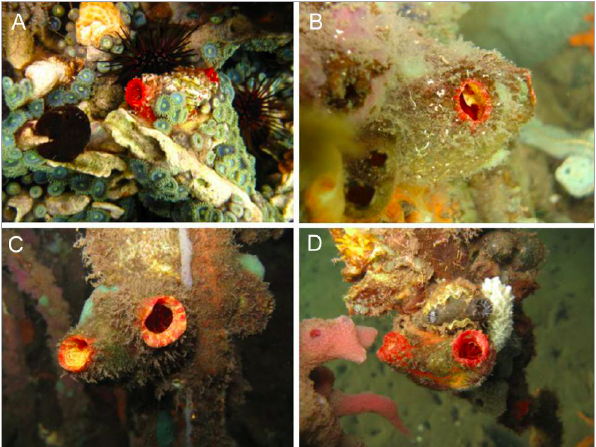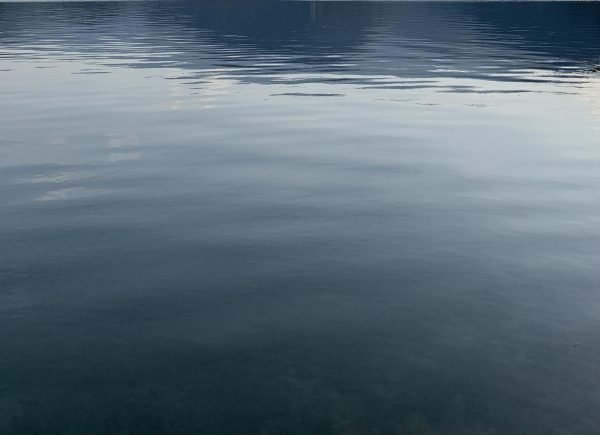New species of sea squirt named after UNCW professor

Courtesy of Rocha & Counts 2019 study
Various photographs of “Pyura lopezlegentilae,” a species of sea squirt named for UNC Wilmington professor Susanna Lopez-Legentil.
Two new species of sea squirt were named in honor of a UNC Wilmington associate professor, and her lab’s dedicated research on the subject.
One species was named in homage to Susanna López-Legentil, associate professor in the Department of Biology and Marine Biology, for her important research contributions on ascidian genetics and systematics.
López-Legentil stated a colleague of hers who was working in Brazil discovered the species in Panama.
“It’s an honor to have another colleague name a species after you,” López-Legentil said.
López-Legentil stated that sea squirts are classified in the phylum Chordata, which is what humans are classified within. However, sea squirts do not have vertebrate as people do; they have a notochord when they are in the larvae stage.
“They are simpler than us, so we can learn a lot from them,” López-Legentil said.
The two new species are called P. lopezlegentilae and P. imesa. The first named after López-Legentil, and the second in honor of the iMESA Lab (Integrated Molecular Ecology of Sponges and Ascidians). Including López-Legentil, the iMESA Lab consists of two principal investigators and several students.
The P. lopezlegentilae were discovered off the Atlantic coast of Panama, while the P. imesa were found off of the Pacific coast of Panama. They inhabit piers, mangroves, and coral reefs.
Specifically, the P. lopezlegentilae reach up to four centimeters in length and are circular shaped. They often display red and yellow coloration.
“Here we raise oysters. In Korea, for instance, they raise sea squirts,” López-Legentil said.
Some people actually eat sea squirts. She stated that they are very low in calories and really high in protein. People use the tunic, which is an envelope that surrounds sea squirts them, to use as a cup to put whiskey in.
They are sessile — meaning that they cannot move from one spot to another. She stated that they produce a lot of secondary metabolites, which are chemical compounds that are not directly involved with the organism’s growth, reproduction, and/or development. Sea squirts use these for competition with other organisms for space because they are immobile.
“Some of these compounds have been isolated and are now used for medical purposes,” López-Legentil said.
For instance, these compounds have been used for medicine for diseases, such as sarcoma cancer. These secondary metabolites are being tested by pharmaceutical companies. She stated that they are filter feeders, meaning that they can feed by filtering food particles out of water. By doing this, they actually clean and filter the water.
But, being immobile doesn’t prevent them from getting to one place to the next. Sea squirts attach themselves to the bottom of ships and move all around the world. There are several populations of different species of ascidians.
“It’s just such a complex and fascinating world even within the animal,” López-Legentil said.







